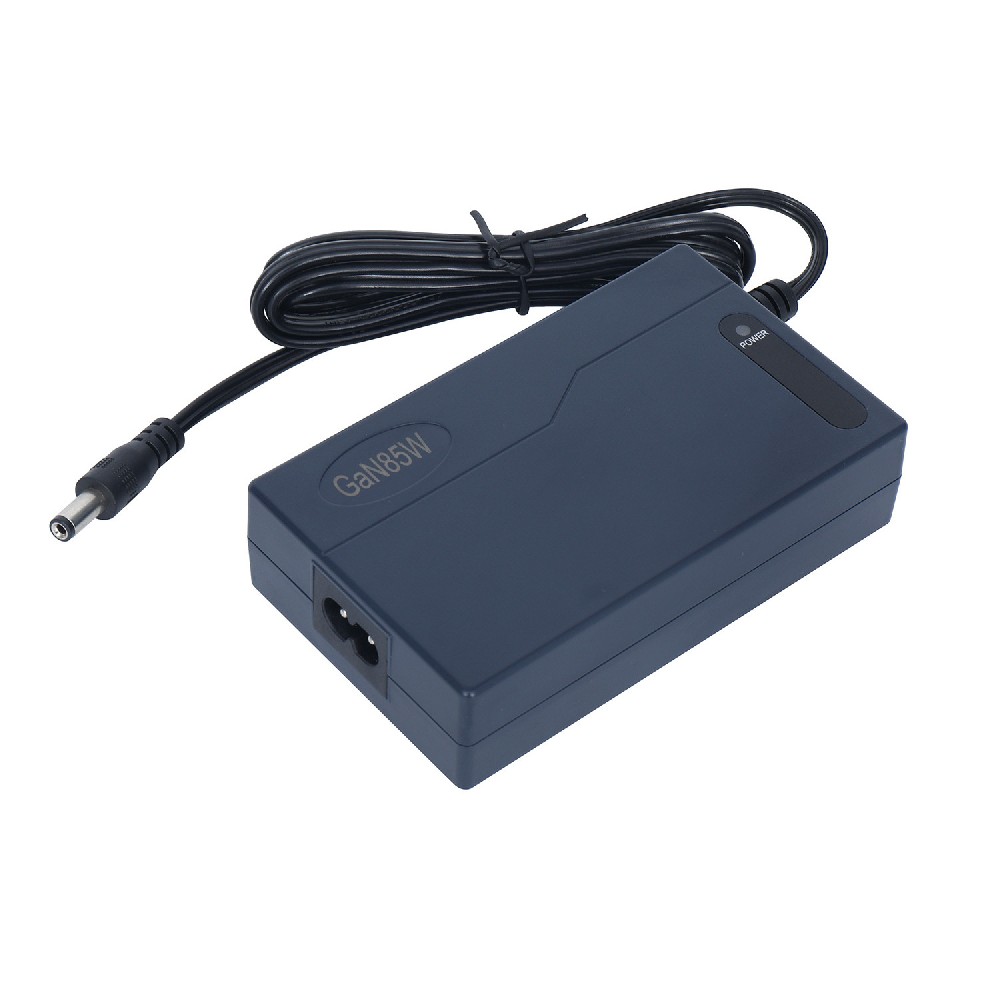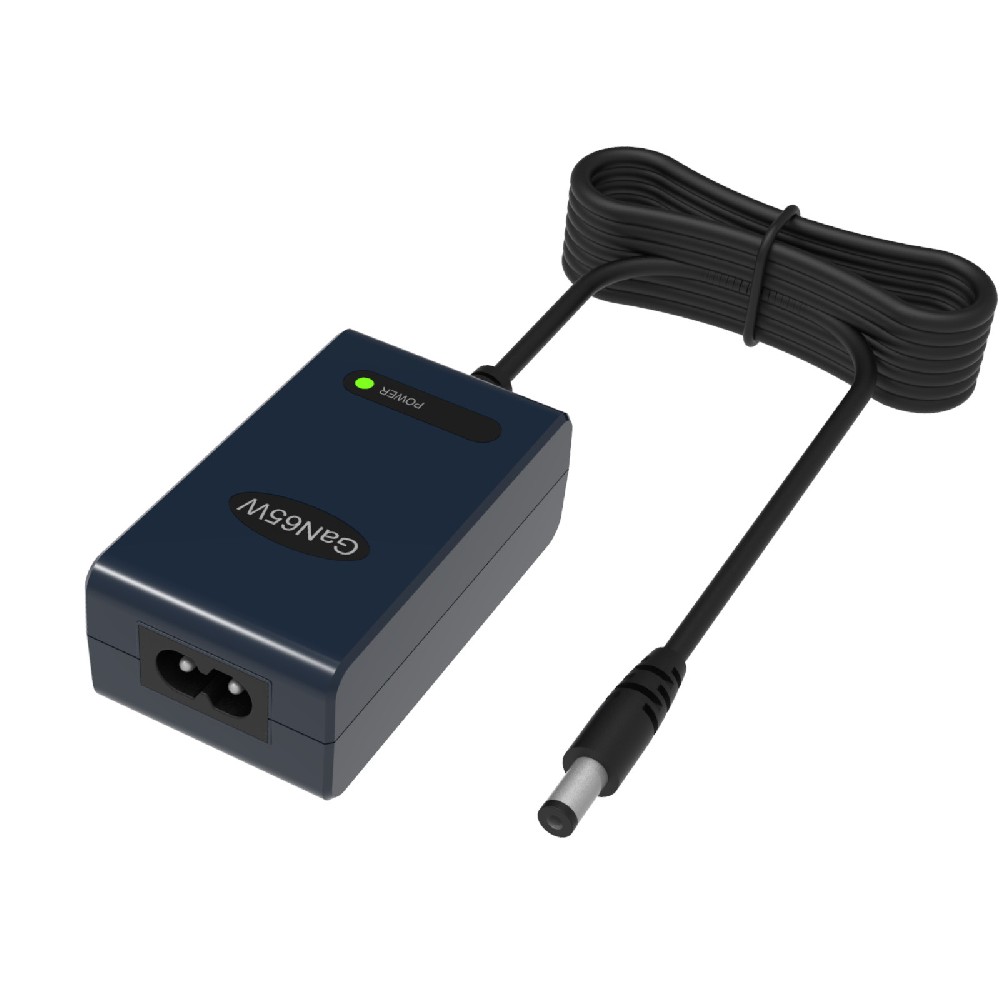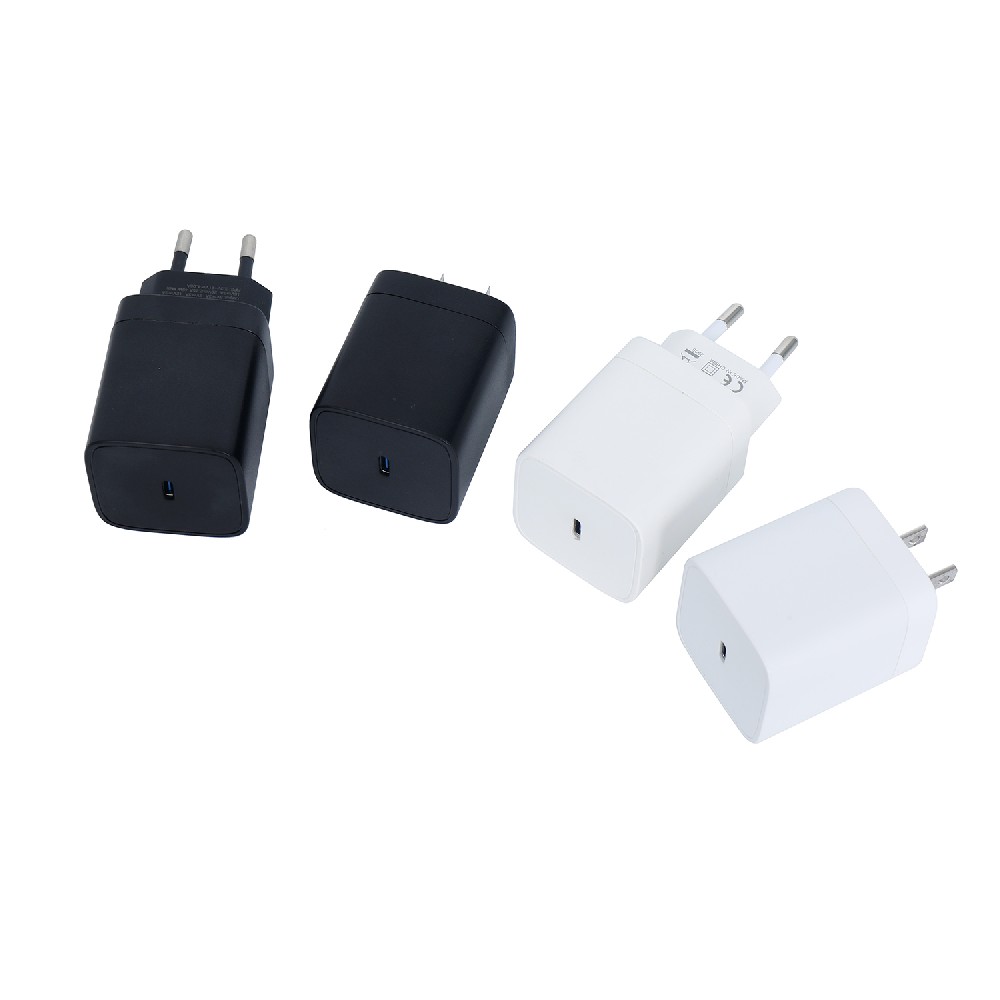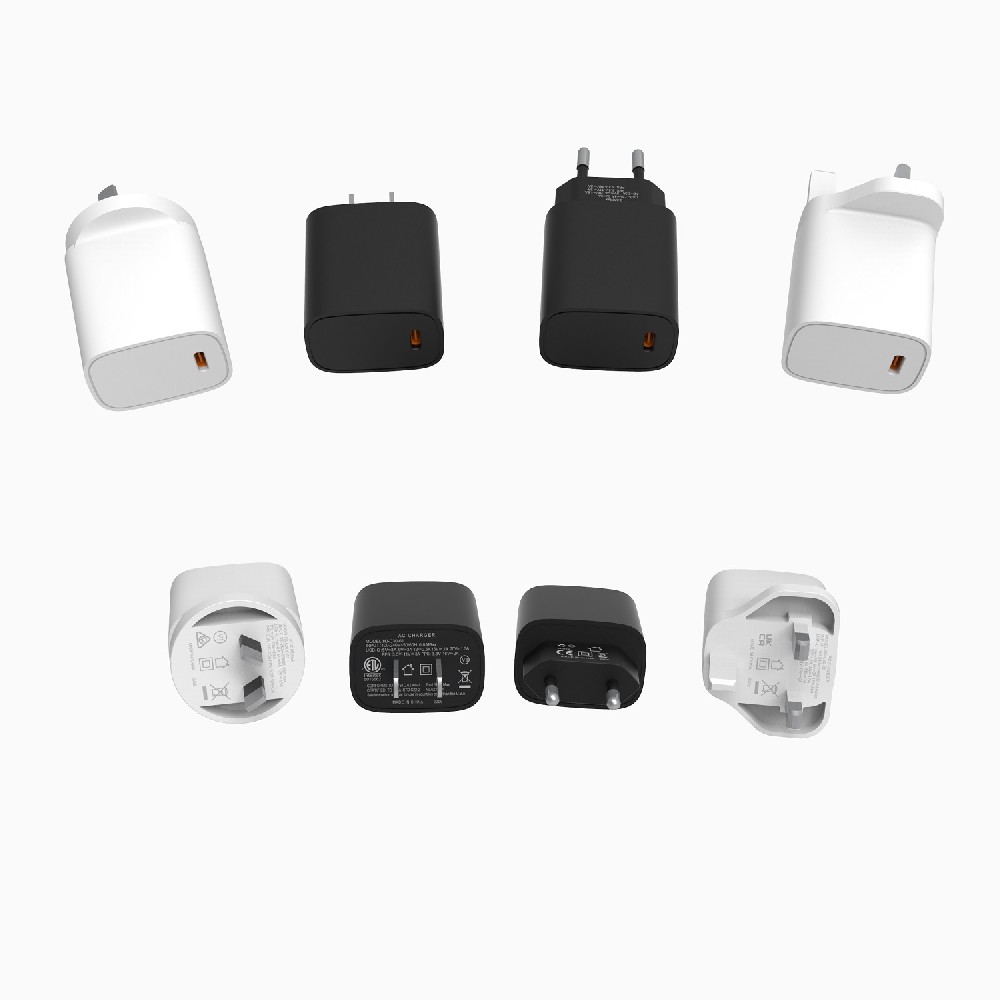Information Center
Does Your Li-Ion Battery Need Special Treatment for Safe and Long-lasting Use?
Published:2023-05-26 19:49:04 Author:Green WCND Views:46Li-Ion (Lithium Ion) batteries are one of the most commonly used types of batteries in modern portable electronic devices, such as smartphones, laptops, and tablets. Li-Ion batteries are preferred over other battery types due to their low self-discharge rate, high energy density, and restricted memory effect. Charging a Li-Ion battery is a crucial process to ensure good battery health and prolong its lifespan.
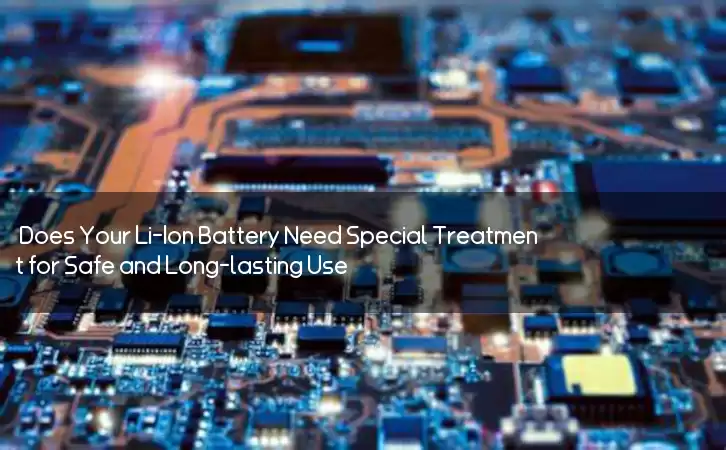
Charging a Li-Ion battery requires a specific charging method that differs from other battery types. Li-Ion batteries require a constant current-constant voltage (CC-CV) charging method. This charging method is a two-stage process. During the first stage, the battery is charged with a constant current, typically around 0.5C to 1C, where C is the battery’s capacity in Ampere-hours. While in this stage, the battery voltage rises gradually until it reaches its maximum voltage, which varies depending on the type of Li-Ion battery.
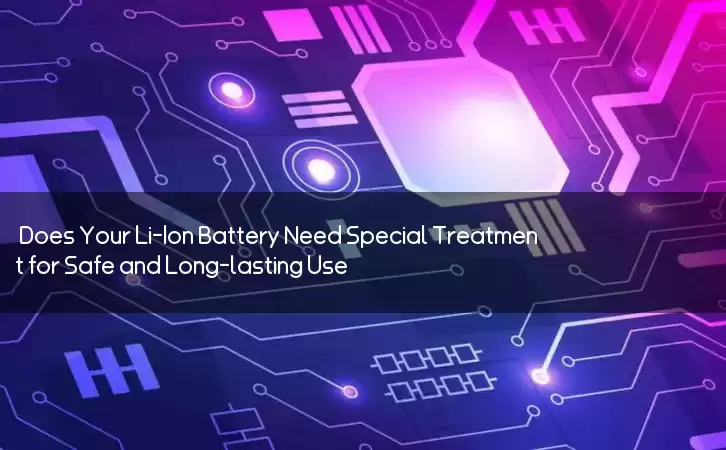
Once the battery reaches its maximum voltage, the second stage kicks in, where the voltage is kept constant at the battery’s maximum voltage while the current is gradually reduced. The rate at which the current is decreased varies. However, it’s typically reduced from 0.5C to 0.1C or even less, depending on the battery type.
Li-Ion batteries are complex devices, which require sophisticated charging circuitry to ensure proper charging. Most electronic devices use built-in charging circuits that regulate the charging parameters, such as current and voltage, to ensure effective charging and prevent overcharging, which could damage the battery.
Overcharging is a major concern when charging Li-ion batteries. Overcharging a Li-Ion battery, or charging it above its maximum voltage, could lead to disastrous consequences, such as overheating, explosion, or even fires. However, with built-in charging circuits, charging Li-Ion batteries is much safer than it used to be.
In addition to proper charging, it’s important to keep Li-Ion batteries within their recommended temperature range during charging. Charging a Li-Ion battery outside its temperature range could affect its performance and lifespan.
Li-Ion batteries also have a limited number of charging cycles before their capacity starts to decline. A charging cycle refers to the process of charging the battery from 0% to 100% and discharging it back to 0%. The number of charging cycles varies depending on the type and the quality of the battery.
In conclusion, charging a Li-Ion battery is a crucial process that requires proper charging methods and the use of built-in charging circuits to ensure its safety and longevity. Charging a Li-Ion battery within its recommended temperature range and avoiding overcharging is essential to maintain its performance and lifespan. Proper battery management, including monitoring the number of charging cycles, is also essential to extend the battery’s lifespan.
Power Adapter Design and Customization Guide for Portable Electric KettlesI. Common Design Types for Portable Electric Kettle Power AdaptersPortable electric ke···
I. Common Design Types of Power Adapters External Independent Type (Most Common) Design: A standalone adapter (e.g., "black brick") connected to the p···
Handheld Vacuum Cleaner Power Adapter Selection GuideIntroductionHandheld vacuum cleaners have become a mainstream tool for household cleaning due to their port···
Drill Power Adapter Selection Guide.drill-container { font-family: Arial, sans-serif; line-height: 1.6; max-width: 800px; margin: 0 auto; padding: 20px; } .dril···
